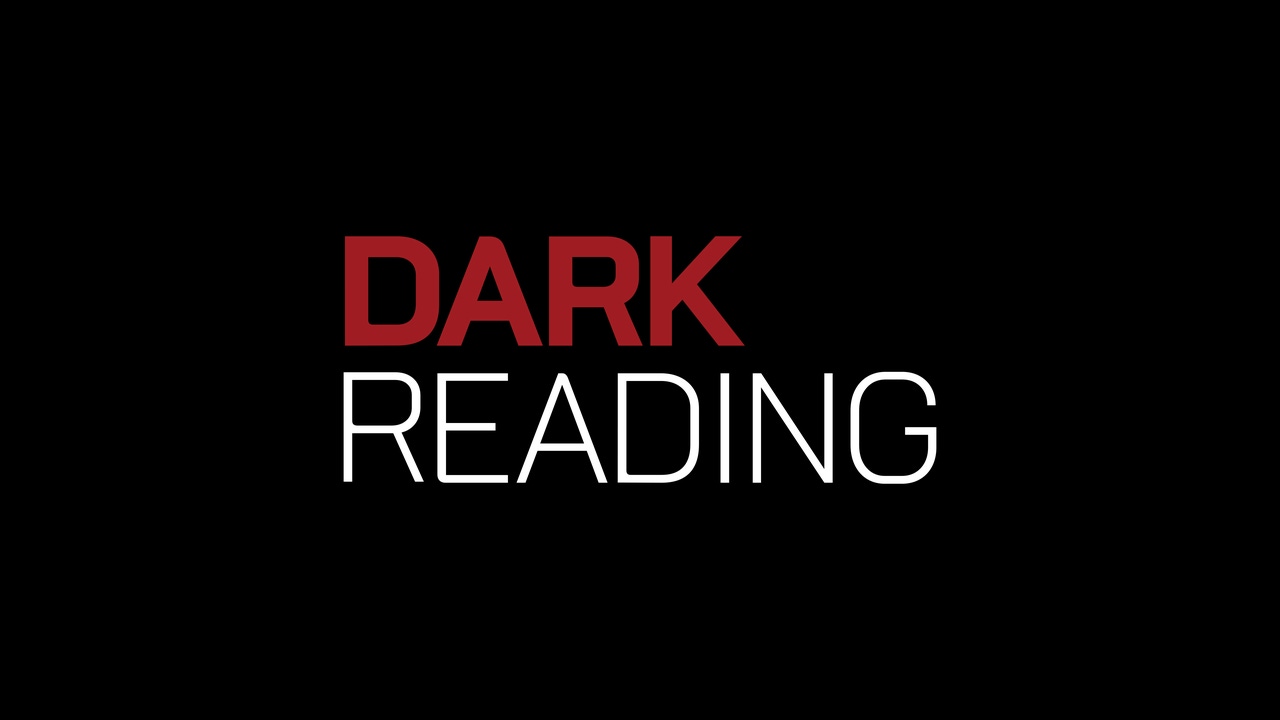Phishers' Catch: Better Than Expected
A new study from the University of Indiana indicates that phishers are more successful at catching users than most industry estimates suggest

Phishing yields a better "catch" than most people think, according to researchers at the University of Indiana.
In a newly-published research paper, Indiana professors Markus Jacobsson and Jacob Ratkiewicz tried several new vectors on phishing experiments and elicited responses from as many as 19 percent of their test subjects. Previous estimates had put the population of phishing victims at around 5 to 10 percent.
"The statistics may severely underestimate the real costs and number of victims," the researchers said, "both due to the stigma associated with being tricked, and to the fact that many victims may not be aware yet that they were successfully targeted."
In their study, the Indiana professors tried a variety of different attack vectors, including messages that looked like they came directly from a trusted site, as well as messages that were forwarded from spoofed email addresses. They tried sending messages with a variety of subject lines, as well as a variety of information about the sender.
Ironically, the experimental messages with no sender name achieved the greatest success, fooling some 19 percent of the test subjects into clicking on a link. The victims all went against the policies of the test site, which stipulates that all senders must include a name.
The researchers also achieved a 15 percent response when they included a valid user name and a seemingly legitimate link. The response fell off when the researchers added links that appeared to be malicious, but in all cases, they managed to fool at least 7 percent of users.
"Our study finds that a single attack may have a success rate as high as 11 percent realized in only 24 hours," the researchers said. The study has a margin of error of plus or minus 3 percent.
— Tim Wilson, Site Editor, Dark Reading
About the Author
You May Also Like




